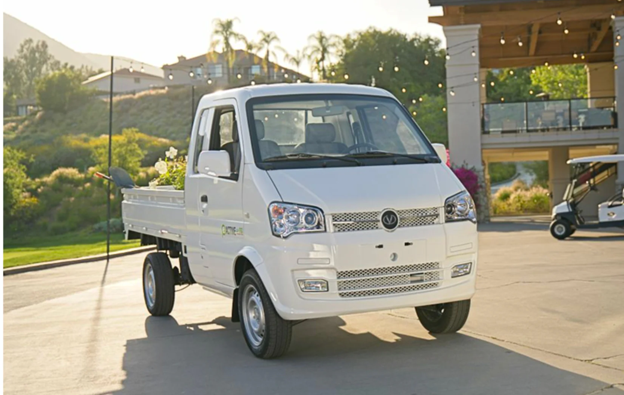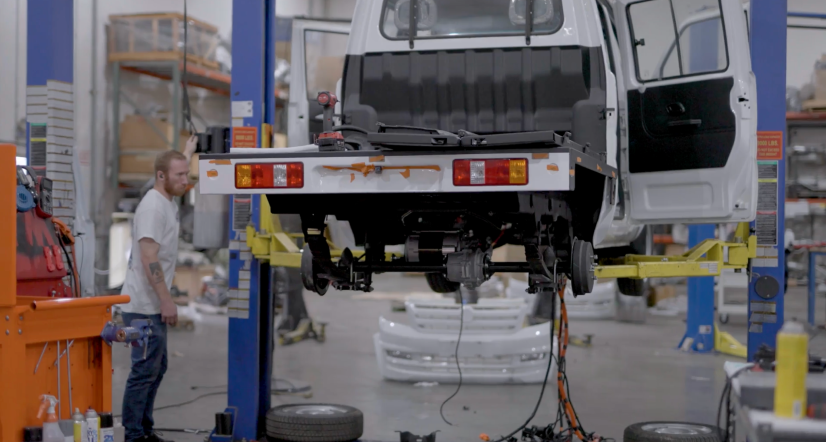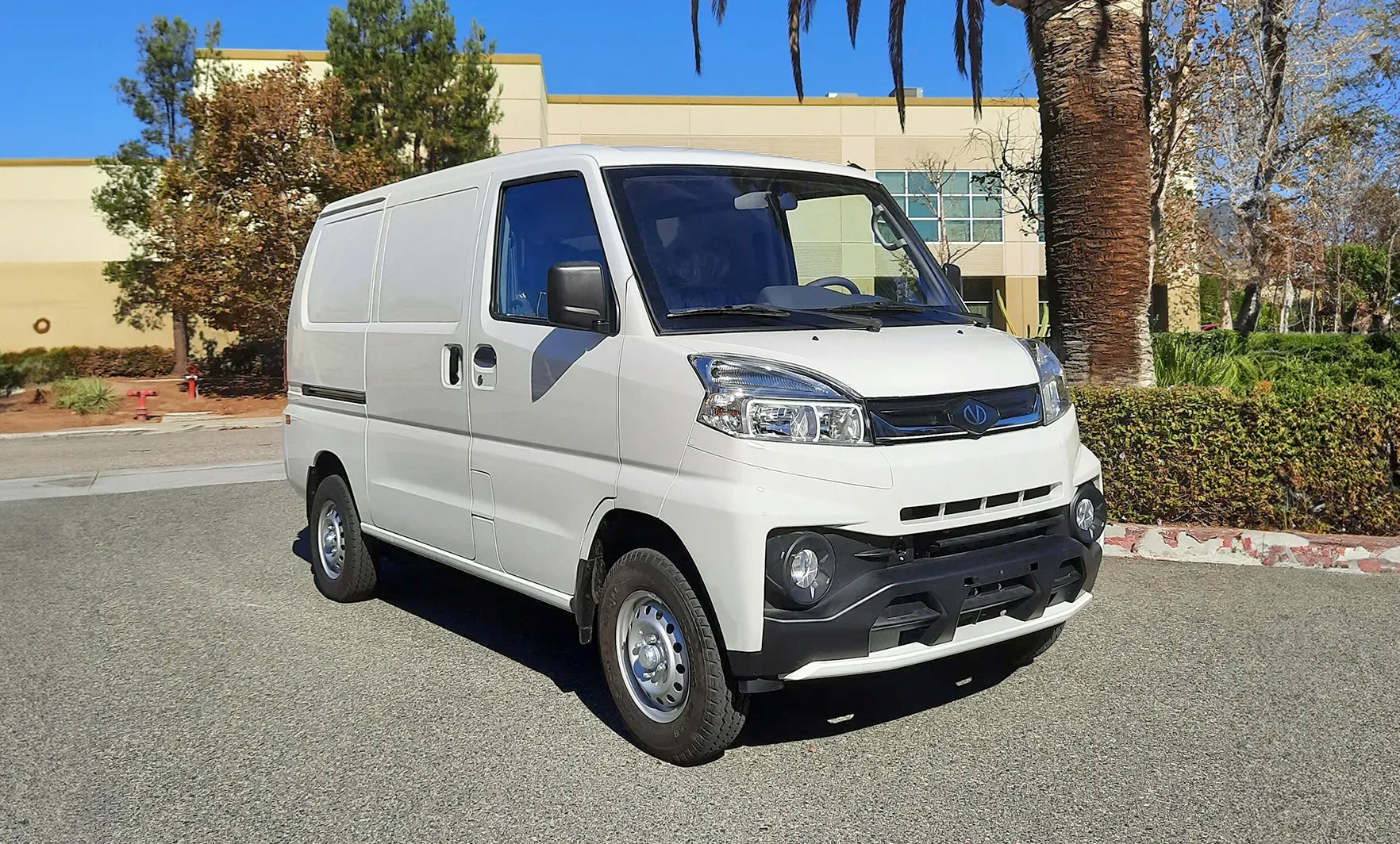What Are Low-Speed Vehicles? A Complete Guide to LSVs

Low-speed vehicles (LSVs) are compact, energy-efficient vehicles designed for specific transport applications that don’t require high-speed travel. Typically capped at speeds of 25 mph or less, LSVs are built for controlled environments rather than highways or high-traffic areas.
Their rise in popularity is due to their versatility, eco-friendliness, and cost-effective operation, making them a smart solution for many organizations looking to streamline internal transportation. Commonly used in settings such as campuses, resorts, and industrial facilities, LSVs offer an efficient, cost-effective, and environmentally conscious solution for short-range transportation needs.
Key Benefits of LSVs
Low-speed vehicles offer several distinct advantages that make them appealing for a range of industries.
- Eco-Friendliness: Electric LSVs produce zero emissions, making them an environmentally friendly option that helps reduce the carbon footprint of any facility. For organizations that value sustainability, low-speed EVs help advance green initiatives and contribute to cleaner, quieter transportation solutions.
- Cost Efficiency: LSVs are designed for economical operation, as they require less fuel or electricity than traditional wheeled vehicles, which translates into long-term cost savings. Furthermore, they are easier to maintain, with fewer complex parts, reducing maintenance expenses over time.
- Maneuverability and Convenience: With their compact size and limited speed, LSVs can safely navigate narrow pathways easily. This makes them ideal for campuses, parks, and industrial sites, where the ability to move efficiently in tight spaces is essential.
Electric vs. Gas-Powered Models
- Electric LSVs: Low-speed electric vehicles offer zero emissions, quiet operation, and are optimal for environmentally sensitive locations.
- Gas-Powered LSVs: They provide extended range and added power for heavy-duty tasks, making gas-powered low-speed vehicles suitable for demanding applications.
Overall, LSVs provide a versatile, eco-conscious, and economical solution for modern transportation needs within designated environments.

Common Applications of LSVs
Low-speed vehicles are highly versatile and are used in a variety of settings where traditional motor vehicles may be impractical or unnecessary.
- Campus Transport: LSVs are widely used on college and university campuses to transport students, staff, and materials between buildings. They offer a quiet, safe, and efficient way to manage on-campus movement, especially in pedestrian-heavy areas.
- Hospitality and Tourism: Resorts, hotels, and tourist destinations use LSVs for guest transportation, luggage handling, and property maintenance. These vehicles ensure guests experience smooth and efficient service, whether for transport around the grounds or for specialized service needs.
- Government and Military: LSVs are an effective tool on government properties and military bases, where they support transportation, logistics, and supply tasks. Their low cost and customizable design make them a practical choice for operational efficiency.
- Parks and Recreation: Parks, recreational facilities, and nature reserves rely on LSVs for facility upkeep, landscaping, and staff transport. Their quiet, eco-friendly nature minimizes disruption to the environment and enhances park maintenance.
- Manufacturing and Warehousing: Within large manufacturing plants and warehouses, LSVs are invaluable for moving tools, materials, and personnel between workstations. Their compact size and agility help improve workflow and streamline material handling.
Types of LSVs
Low-speed vehicles come in various types, each designed to meet specific operational needs.
- Passenger LSVs: These vehicles are intended for safely transporting people and typically offer seating for two to eight passengers. Passenger LSVs are ideal for campuses, resorts, and tourist attractions where moving groups efficiently is essential.
- Utility LSVs: Equipped with storage and cargo-carrying capabilities, utility LSVs are designed for handling tools, equipment, and materials. These utility vehicles are popular in industrial settings, parks, and recreational facilities, where there is a need to transport supplies across large areas.
- Specialized LSVs: Built for specific tasks, specialized LSVs include refuse hoppers, maintenance carts, and landscaping vehicles. These are designed to meet particular industry requirements, offering features that optimize performance for unique applications such as waste collection, repairs, or landscaping.

Regulations and Safety Standards for LSVs
Low-speed vehicles must comply with specific legal and safety standards, which help ensure safe operation in limited environments. While federal guidelines, established by the National Highway Traffic Safety Administration (NHTSA), set basic safety features for LSVs, such as a top speed of 25 mph, seat belts (Type 1 or Type 2), and mirrors, states have the authority to establish further requirements for road use and licensing.
Most state regulations restrict the use of LSVs to roads with lower speed limits, generally those around 35 mph or less, while certain other states restrict them to private property or controlled environments. In addition, certain states may have unique equipment requirements, inspection processes, or registration procedures for street-legal LSVs. It’s essential for LSV operators and owners to review local regulations to ensure compliance with state-specific laws.
These safety standards ensure that LSVs can be safely operated in settings like campuses, gated communities, and industrial sites. With these regulations in place, LSVs offer a secure, efficient solution for specific transportation needs while maintaining compliance with local laws.
Why Choose Vantage Vehicle for Your LSV Needs?
Vantage Vehicle offers a trusted range of high-quality, American-made gas and electric low-speed vehicles designed to meet the unique demands of various industries. As a GSA-approved manufacturer, Vantage produces LSVs that comply with rigorous safety and performance standards—a dedication to quality that has made us a top choice for both government and private sector applications.
What sets Vantage apart is our extensive customization options, allowing customers to tailor their vehicles with features like specialized cargo beds, extended-range batteries, and safety add-ons. Whether for campus transport, facility maintenance, or industrial tasks, Vantage has the best low-speed vehicles around.





